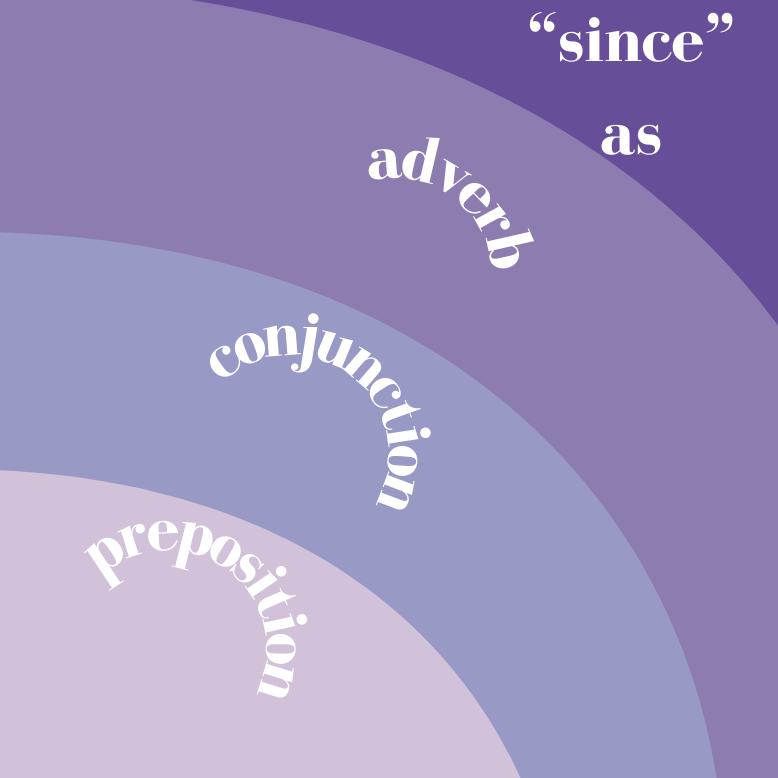Tag: adverb

Adverb Exercises
Adverbs are versatile words that modify verbs, adjectives, or other adverbs, providing more information about how, when, where, or to what extent an action is performed. Adverbs can appear in various positions within a sentence, depending on the emphasis or context. They often come before or after the verb they modify, but they can also be found at the beginning or end of a sentence.

Subordinate Clauses
A subordinate clause, also known as a dependent clause, is a group of words that has both a subject and a verb but cannot stand alone as a complete sentence.

What is Adverbial Modifier of a Sentence
An adverbial modifier is a word or phrase that functions as an adverb to modify or describe a verb, an adjective, or another adverb in a sentence. Adverbial modifiers provide additional information about the manner, time, place, frequency, degree, or other circumstances related to the action or state expressed in the sentence.

Adverb, conjunction, and preposition examples
These examples demonstrate how the same word can function as different parts of speech (conjunction, preposition, or adverb) based on its context within a sentence. Understanding the context is key to correctly identifying their functions.

Preposition – “Down”
Preposition down with the meaning towards, in a lower place: Here are examples of how the preposition down is used with the meaning of towards or in a lower place with verbs of motion: She walked down the stairs to the basement. In this example, down indicates movement towards a lower place (the basement) using the verb walked.